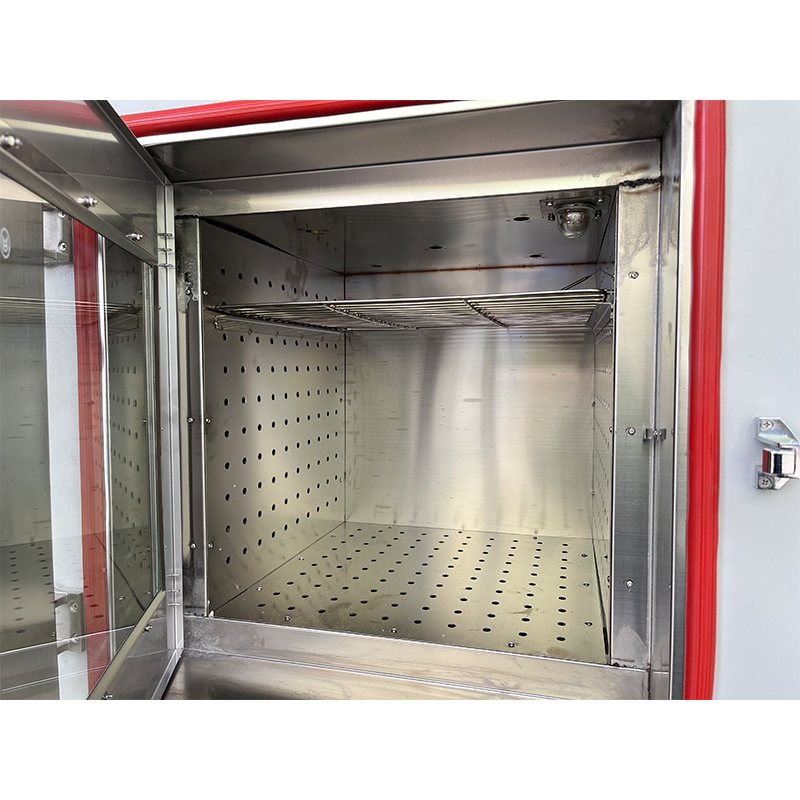UV Light Irradiation for Cross-Linking Cable Equipment Enhancements and Applications
The Use of UV-Light Irradiation in Cross-Linked Cable Equipment
The advancement in cable technology has reached new heights, particularly with the development of cross-linked polyethylene (XLPE) cables, which are widely used in various electrical applications due to their superior thermal, electrical, and mechanical properties
. One critical component in enhancing the performance and longevity of these cables involves the use of UV-light irradiation in the cross-linking process, which serves to strengthen the material and provide enhanced durability against environmental factors.Cross-linking is a process by which the molecular chains of polymers are chemically linked to form a three-dimensional network. This transformation significantly improves the physical properties of the material, including increased tensile strength, heat resistance, and chemical stability. In typical cable manufacturing, traditional methods such as chemical cross-linking can be time-consuming and may require additional chemicals that could pose environmental concerns. UV-light irradiation represents a promising alternative, offering a cleaner and more efficient way to achieve cross-linking.
UV-light irradiation employs ultraviolet light to initiate a photochemical reaction in polymers, leading to cross-linking without the need for significant heat or bulky chemical additives. The process begins with the exposure of the polymer material, typically in the form of sheets or films, to UV radiation. This radiation generates free radicals that interact with the polymer chains, facilitating cross-linking. The advantages of this method include reduced energy consumption, shorter processing times, and a lower ecological footprint.
uv-light irradiation cross-linked cable equipment

One of the primary benefits of using UV-light irradiation in cross-linked cable equipment is the improved weather resistance of the resulting cables. Cables are often exposed to harsh outdoor conditions, including sunlight, moisture, and extreme temperatures. XLPE cables treated with UV-light irradiation have demonstrated superior resistance to ultraviolet radiation, preventing degradation and discoloration that can occur over time. This characteristic not only extends the lifespan of the cable but also enhances its reliability in outdoor applications such as power distribution and telecommunications.
Moreover, UV-light cross-linked cables exhibit increased resistance to mechanical stress and electrical insulation. The robust nature of these cables allows them to withstand dynamic loads and vibrations, making them ideal for installations in industrial settings, transportation systems, and renewable energy applications such as wind and solar. This resilience is particularly important in ensuring the safe and efficient distribution of electrical energy across a range of environments.
In addition to performance improvements, the sustainability aspect of using UV-light irradiation is noteworthy. Traditional cross-linking methods often involve toxic solvents and produce hazardous waste, which can pose risks to the environment and human health. In contrast, the UV-light method minimizes the use of harmful substances, aligning with the growing emphasis on green manufacturing practices.
In conclusion, the incorporation of UV-light irradiation in the cross-linking process of cable equipment represents a significant evolution in cable technology. Its ability to enhance mechanical and weather-resistant properties while promoting environmentally friendly manufacturing sets it apart as a leading choice for modern electrical applications. As industries continue to prioritize efficiency and sustainability, the adoption of UV-light irradiated cross-linked cables is likely to become more prevalent, paving the way for innovations in cable infrastructure that cater to the demands of a changing world.
-
QNJ-2/3 Cable Flexibility Test Machine: Precision & Durability
NewsAug.31,2025
-
DQ-F Superfine Wire Conductor Resistance Fixture: High-Precision Testing
NewsAug.30,2025
-
ZC36 High Insulation Resistance: Reliable & Safe Performance
NewsAug.29,2025
-
CX-100 Manual Hydraulic Core Punching Machine - Efficient & Reliable
NewsAug.28,2025
-
Reliable Performance Testing with Advanced Aging Chamber Solutions
NewsAug.23,2025
-
Advancing Precision with Profile Projector Technology
NewsAug.23,2025
 Copyright © 2025 Hebei Fangyuan Instrument & Equipment Co.,Ltd. All Rights Reserved. Sitemap | Privacy Policy
Copyright © 2025 Hebei Fangyuan Instrument & Equipment Co.,Ltd. All Rights Reserved. Sitemap | Privacy Policy

